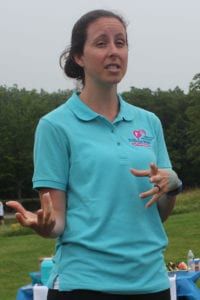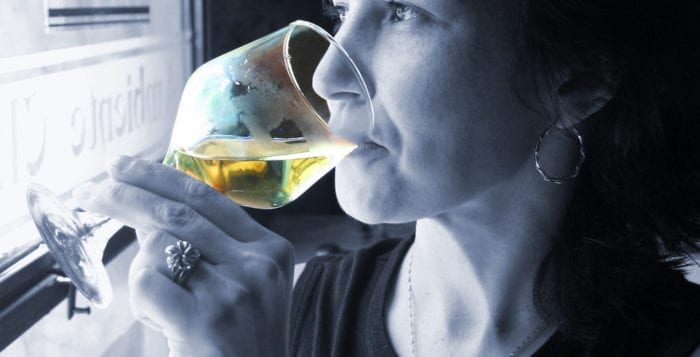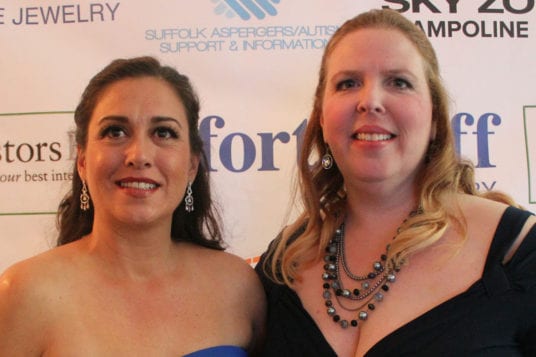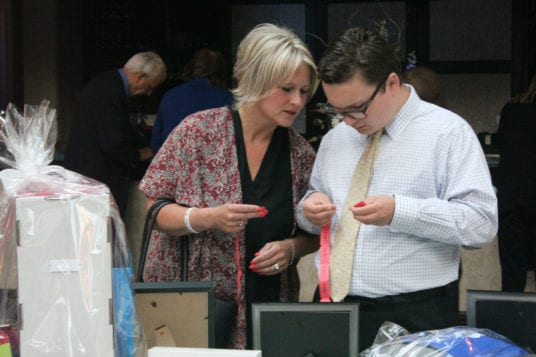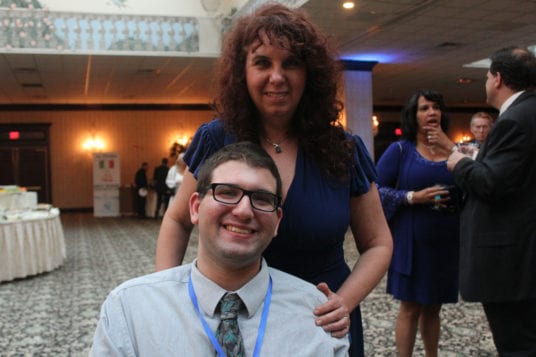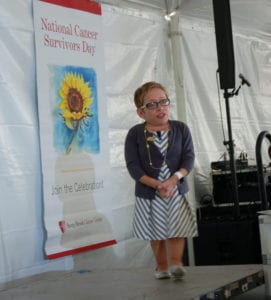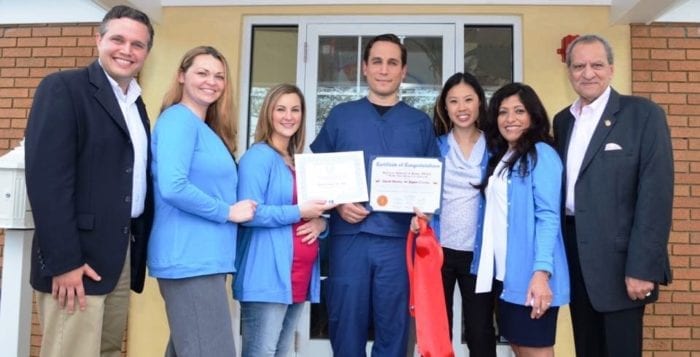By Victoria Espinoza
The nurses at Huntington Hospital are standing out for all the right reasons.
The staff recently received its fourth consecutive Magnet Recognition, the highest recognition for nursing excellence, becoming the first hospital staff on Long Island to achieve this success, and only the second in New York State.
In order to achieve Magnet Recognition, a staff must achieve strong patient outcomes, high levels of job satisfaction, low staff turnover rate, increased involvement in decision-making and more. The Magnet Recognition is awarded by the American Nurses Credentialing Center.
Susan Knoepffler, chief nursing officer at Huntington Hospital, said the success comes from the team collaboration constantly taking place within the hospital.
“The nurses here are able to make their own decisions about improving nursing care,” Knoepffler said in a phone interview. “Instead of me always explaining to them how things should be done, I take direction from them on the best way to deliver care.”
The strongest example of this method of practice leading to improved patient care comes in the form of the Nightingale phone, a communication device that helps link patients directly with their nurse.
The invention came from the oncology department, where nurses were trying to figure out how to better manage and monitor their patients’ pain levels. Patients have a phone with a red button that instantly connects them with their nurse, instead of having to call the nurses station or have someone go look for their nurse on the floor. The staff said it has decreased wait time for patients and improved patient pain control to a 90 percent success rate.
“It is absolutely the best practice,” Donna Tanzi, director of nursing education, said in a phone interview. “And it was created at our local community hospital.”
Tanzi said she loves that the nurses at Huntington have the ability to continue to grow on a daily basis and are committed to doing the best thing for their patients.
“They are caring for someone’s family members, and they treat their patients as if they’re their own family members,” she said.
Tanzi added Huntington Hospital has always been an organization focused on serving the community.
Knoepffler said the level of education of the nursing staff is another component that leads to such a high standard of care.
The chief nursing officer said by 2020 it will be an expectation at most hospitals that all nurses have a bachelor of science degree in nursing, and at Huntington 90 percent of the nurses already have a BSN. She also said the nursing staff at Huntington has a higher than average level of certified nurses in the departments they serve, like the emergency department or oncology.
“We have happier and more energized nurses because of their passion to succeed,” Knoepffler said. “We support them to try and get the highest education they can.”
As for the fourth Magnet Recognition, Knoepffler said it is “a distinction like no other,” calling it the gold standard of nursing.
“Health care is changing all the time, and this group is so adaptable, and that translates to a passion to have an impact at the bedside,” Knoepffler said.
At a National Nurses Week celebration last month, local officials and Huntington Hospital staff members gathered to thank the staff for its dedication and to celebrate their award.
“Your clinical excellence and attentive care are what make our physicians confident in Huntington Hospital and want to bring their patients here,” Michael B. Grosso, chief medical officer at Huntington Hospital, said.
“Nurses are the unsung heroes of our health care system,” Legislator William “Doc” Spencer (D-Centerport) said at the event.






